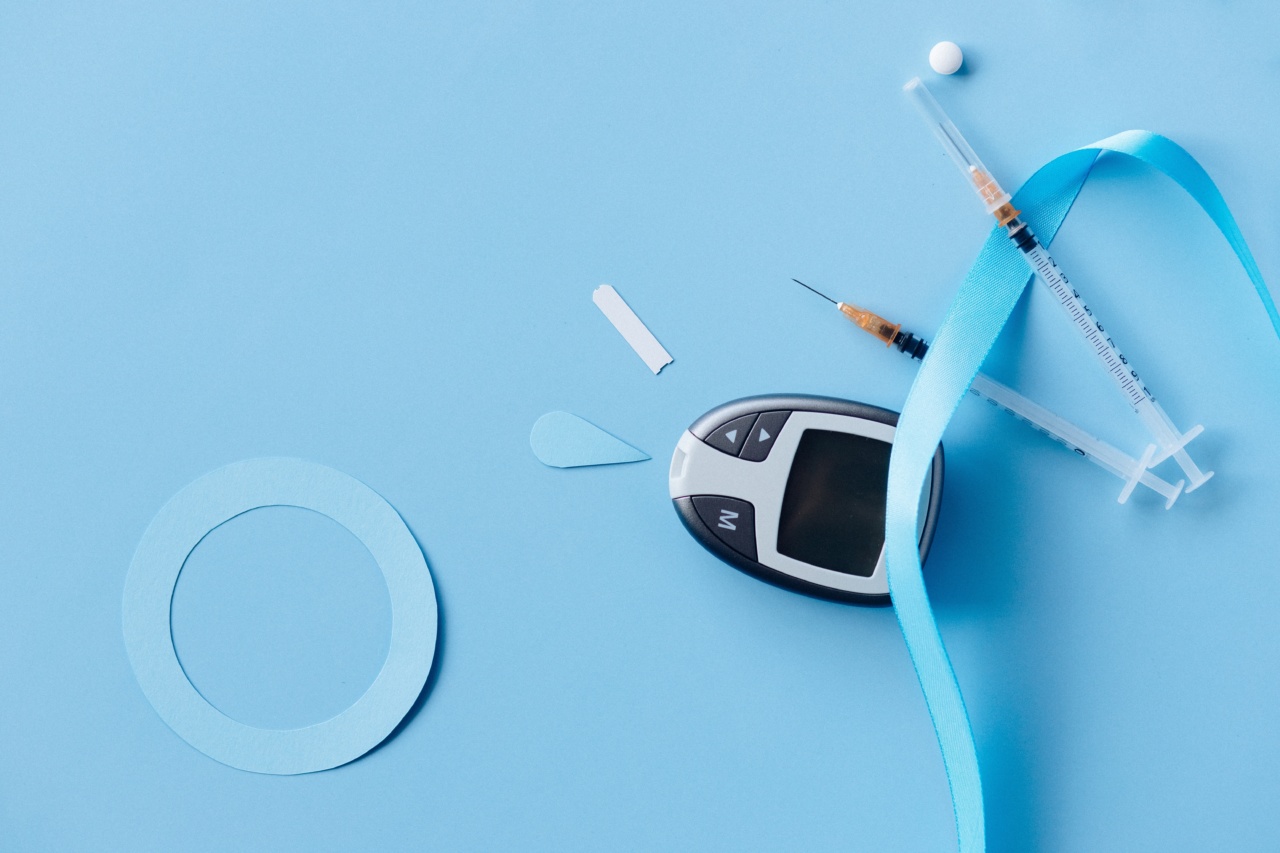When was the last time you measured your height? Most of us don’t think about it on a regular basis.
But did you know that your height could be an indicator of your risk for diabetes? This article will explore the relationship between height and diabetes, and provide tips on how to manage your risk.
What is Diabetes?
Diabetes is a chronic condition that affects how your body processes glucose. Glucose is a type of sugar that is found in many foods. When you eat, your body breaks down carbohydrates into glucose.
Insulin, a hormone produced by the pancreas, helps glucose enter your cells where it can be used for energy. In people with diabetes, the body either doesn’t produce enough insulin, or it can’t use the insulin it produces effectively. This leads to high blood sugar levels, which can damage organs and tissues over time.
: Types of Diabetes
There are three main types of diabetes:.
: Type 1 Diabetes
Type 1 diabetes is an autoimmune disease that occurs when the body’s immune system attacks the cells in the pancreas that produce insulin.
People with type 1 diabetes need to take insulin injections or use an insulin pump to manage their blood sugar levels.
: Type 2 Diabetes
Type 2 diabetes is the most common form of diabetes. It occurs when the body doesn’t use insulin effectively, or doesn’t produce enough insulin to meet the body’s needs.
Type 2 diabetes is often linked to lifestyle factors such as obesity, lack of physical activity, and poor diet. It can be managed with lifestyle changes, medication, or insulin therapy.
: Gestational Diabetes
Gestational diabetes is a type of diabetes that develops during pregnancy. It usually goes away after the baby is born, but women who have had gestational diabetes are at higher risk for developing type 2 diabetes later in life.
: How Height is Related to Diabetes
Height is an often-overlooked factor in diabetes risk. Research has shown that shorter people are at higher risk for type 2 diabetes than taller people.
One study found that for every 10 cm increase in height, the risk of diabetes decreased by 41% in men and 33% in women.
Why is height linked to diabetes risk? There are several theories. One is that taller people have larger organs, including the pancreas, which produces insulin. This may mean that taller people are able to produce more insulin than shorter people.
Another theory is that the genes that determine height may also influence the risk for diabetes.
: How to Manage Your Diabetes Risk
If you are shorter than average and concerned about your risk for diabetes, there are steps you can take to manage your risk:.
: Eat a Healthy Diet
Eating a healthy, balanced diet can help you maintain a healthy weight and manage your blood sugar levels. Focus on foods that are low in sugar and high in fiber, such as whole grains, fruits, and vegetables. Avoid sugary drinks and processed foods.
: Get Plenty of Exercise
Regular exercise can help you maintain a healthy weight and improve your insulin sensitivity. Aim for at least 30 minutes of moderate-intensity exercise most days of the week.
: Maintain a Healthy Weight
Being overweight or obese is a major risk factor for type 2 diabetes. Losing even a small amount of weight can improve your insulin sensitivity and lower your risk for diabetes.
: Get Regular Check-ups
If you are at higher risk for diabetes, it’s important to get regular check-ups with your doctor. Your doctor can monitor your blood sugar levels and help you manage your risk.
: Conclusion
Your height may be an indicator of your risk for diabetes. If you are shorter than average, it’s important to take steps to manage your risk for diabetes.
Eating a healthy diet, getting plenty of exercise, maintaining a healthy weight, and getting regular check-ups with your doctor can all help you manage your risk and stay healthy.





























